Rug Size Tolerance Explained: Why Slight Variations in Dimensions Are Normal
When investing in a rug—whether for your home or office—it’s important to understand that slight variations in size are completely normal, especially with handcrafted and natural fibre rugs. These differences are a result of the manufacturing process and are typically well within an acceptable tolerance range.
In this post, we’ll explore rug size tolerance, why it occurs, and what it means for your space, so you can shop confidently and make informed decisions.
📏 What Is Size Tolerance in Rugs?
Size tolerance refers to the minor variation that may occur between the stated dimensions of a rug and its actual measurements. For most quality rugs, especially handmade styles, this variance typically falls within:
-
Up to 3 cm in width
-
Up to 5 cm in length
These tolerances are perfectly normal and are considered standard within the rug industry.
🧶 Why Do Rugs Vary in Size?
There are a few key reasons why rugs may differ slightly from their advertised measurements:
1. The Handcrafting Process
In hand-knotted rugs, every single knot is tied by skilled artisans. Minor differences in tension, weaving style, or knot placement can lead to slight inconsistencies in the finished size. The same applies to handwoven rugs, especially those crafted on traditional looms, where exact precision is challenging to maintain over large surfaces.
2. Natural Fibre Movement
Rugs made from natural fibres such as wool, jute, or silk may slightly expand or contract based on humidity, temperature, or handling during production and transport. This is a natural property of organic materials and contributes to the charm and authenticity of handcrafted rugs.
3. Finishing Techniques
Processes like edge binding, fringe tying, or trimming can also affect the rug’s final dimensions. These finishing touches are essential for durability and appearance but can introduce small size changes.
📌 Why Size Tolerance Matters When Buying a Rug
Understanding size tolerance is important for managing expectations and ensuring a proper fit in your space. While a 3–5 cm difference won’t affect a rug’s overall beauty or functionality, it can be crucial for more precise settings, such as:
-
Placing rugs under furniture (e.g. dining tables or beds)
-
Custom-built interiors or fitted layouts
-
Matching multiple rugs in the same room or hallway
If exact sizing is critical, we recommend double-checking the rug’s actual measurements before purchase and working with a reputable rug retailer who can assist with custom options.
✔️ What You Should Do
-
Allow for slight variation when measuring your space for a rug.
-
For tight-fitting areas, consider choosing a rug size that provides some flexibility.
-
Always check the product description for details about size tolerance or handmade characteristics.
-
Don’t hesitate to ask your rug supplier for exact dimensions or guidance on selecting the right size.
🧡 In Summary: Rug Size Tolerance Is a Natural Part of the Process
When purchasing a rug—particularly a handmade one—it’s important to allow for a 3 cm width tolerance and a 5 cm length tolerance. These slight differences are completely normal and don’t affect the rug’s performance, quality, or appearance.
In fact, they’re often a sign of genuine craftsmanship and the unique nature of artisan-made rugs. With this understanding, you can select the perfect rug for your space with confidence and peace of mind.





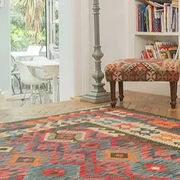

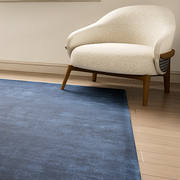

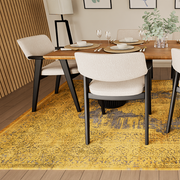
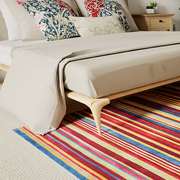

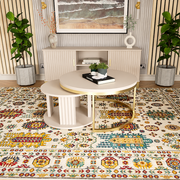
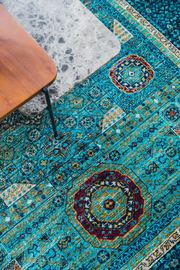
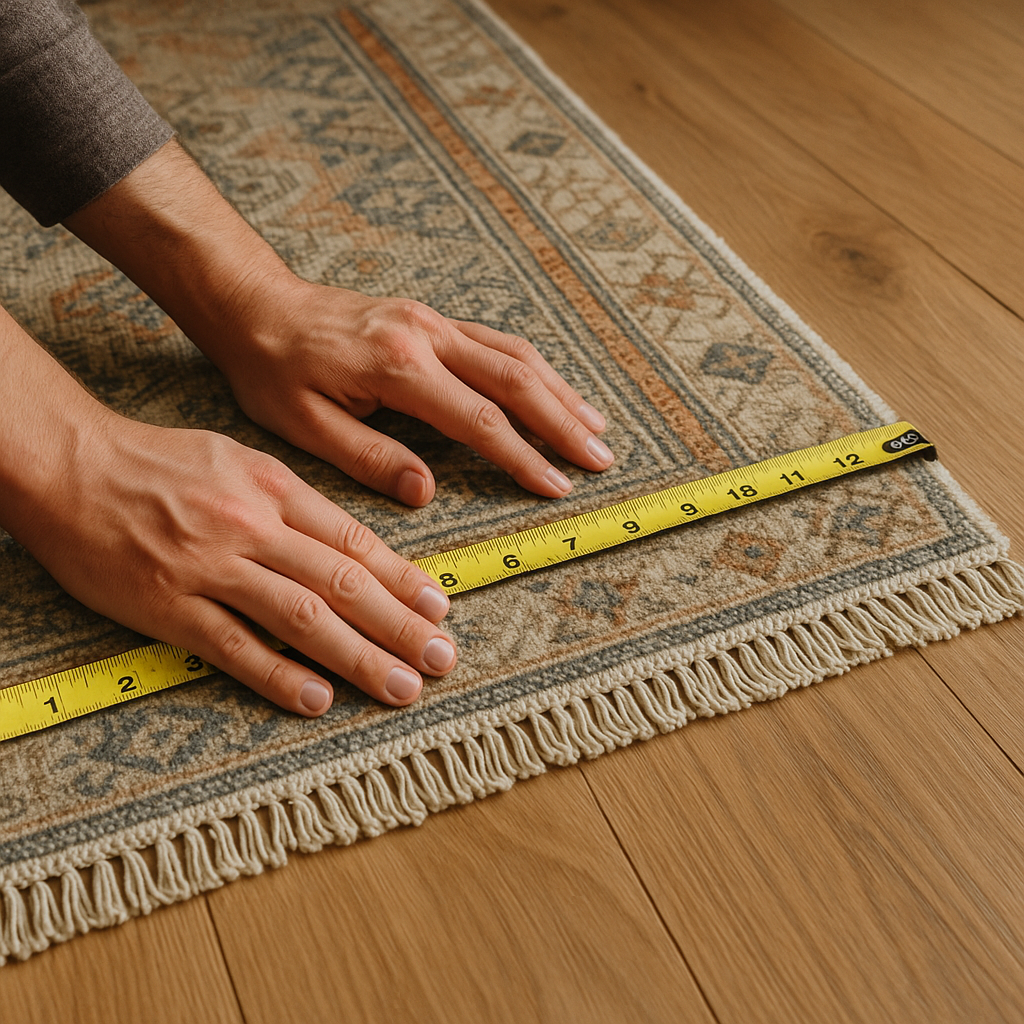
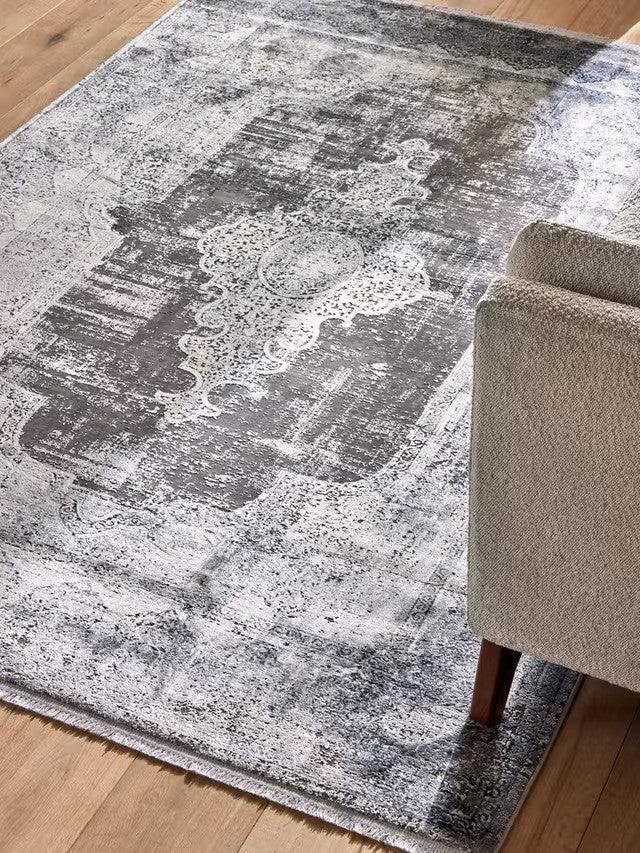

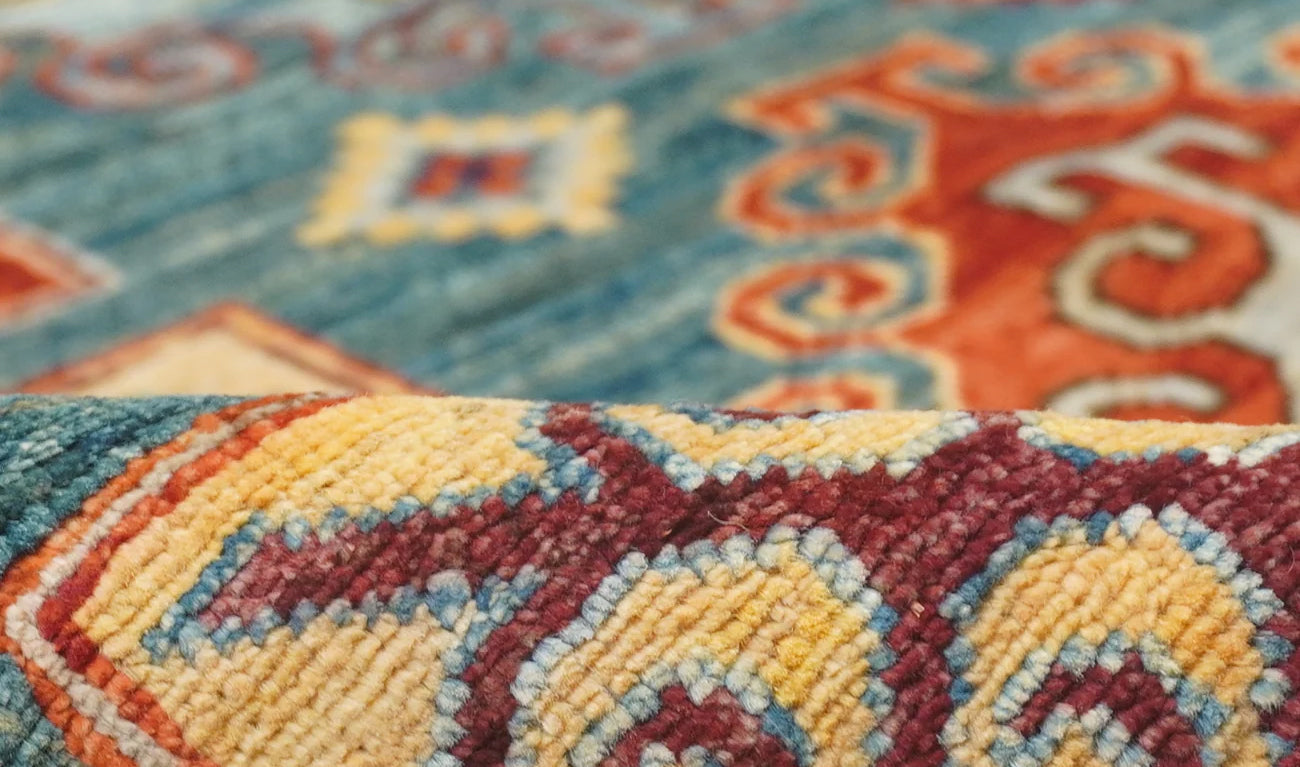
Share:
Rug Shedding Explained: Why Wool Rugs Shed and How to Manage It
Rug Shedding Explained: Why Wool Rugs Shed and How to Manage It